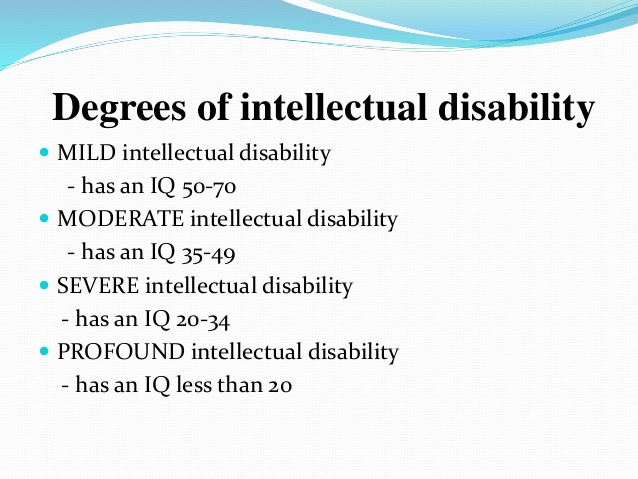People with intellectual disabilities have fewer cognitive resources or less developed cognitive resources than expected, given their chronological age, which increases learning difficulties, as well as requiring more effort to communicate in certain contexts and messages, this type of disability is often identified before age. 18 and affects 1% of the world’s population.
It is important to note that intellectual disability is not a mental illness, but a developmental disorder, all people with this type of disability are like us: they have their own dreams, interests, tastes and preferences, in this sense it is important not to stigmatize the condition and, for that, what better way to know than to know a little more?
- Intellectual disability can be of varying degrees and each of them presents specific difficulties.
- Manifests itself in problems of reasoning.
- Planning.
- Problem solving.
- Abstract thinking and learning.
- All due to a slow and incomplete acquisition of cognitive skills.
Their ability to adapt can also be very limited, both conceptually, socially and practically, so their ability to express themselves verbally or their reading-writing is not well developed, as well as their sense of responsibility or self-esteem.
When it comes to everyday activities, such as hygiene, personal care, or meal preparation, they can have a level of autonomy that varies depending on the degree of delay. In instrumental or mechanical activities there is also this variability.
This disability may be accompanied by some changes in physical and mental health, in turn, all of these elements can affect the rest of the dimensions.
Some syndromes associated with intellectual disability include: Rett syndrome, Dravet, Prader-Willi, Down, Asperger’s and fragile X, and has a higher prevalence of diseases such as obesity, diabetes, HIV or STD and dementia.
Communication, interaction or social participation are also affected, intellectual and adaptive limitations prevent this person from participating normally in the life of his community, this applies to all areas: home, study, work and his/her free time.
The IQ alone is not a sufficient criterion for diagnosing an intellectual disability, in addition to defining intelligence quantitatively, it is necessary to make a deeper assessment of the intellectual functioning of the person.
The IQ is understood as the relationship between a person’s mental age and chronological age, the former refers to their age according to their intellectual development, i. e. how much they gain intellectually from the average level of their reference group. Chronological age is biological age.
Intellectual disability is considered to exist if the IQ is less than 70; the other end, the gifted one, is diagnosed when the index is greater than 130; it is precisely the IQ that is used to classify the degree of this disability.
According to DSM-IV, it is classified as light, moderate, severe and deep.
85% of people with disabilities have a mild disability
10% of people with disabilities have moderate disabilities.
3%? 4% of people with disabilities have a severe disability.
Although they are a minority (1% – 2%), most of these people have an identified neurological disease that explains their disability.
The role of institutions is essential if we want to create an easier and more accessible environment for people with mental disabilities, otherwise other environmental limitations will be added to the limitations that these people already have, in any case what should never be forgotten is that before disability, it is the person, someone with feelings, like all , with dreams, like everyone else, and with much to offer others.

